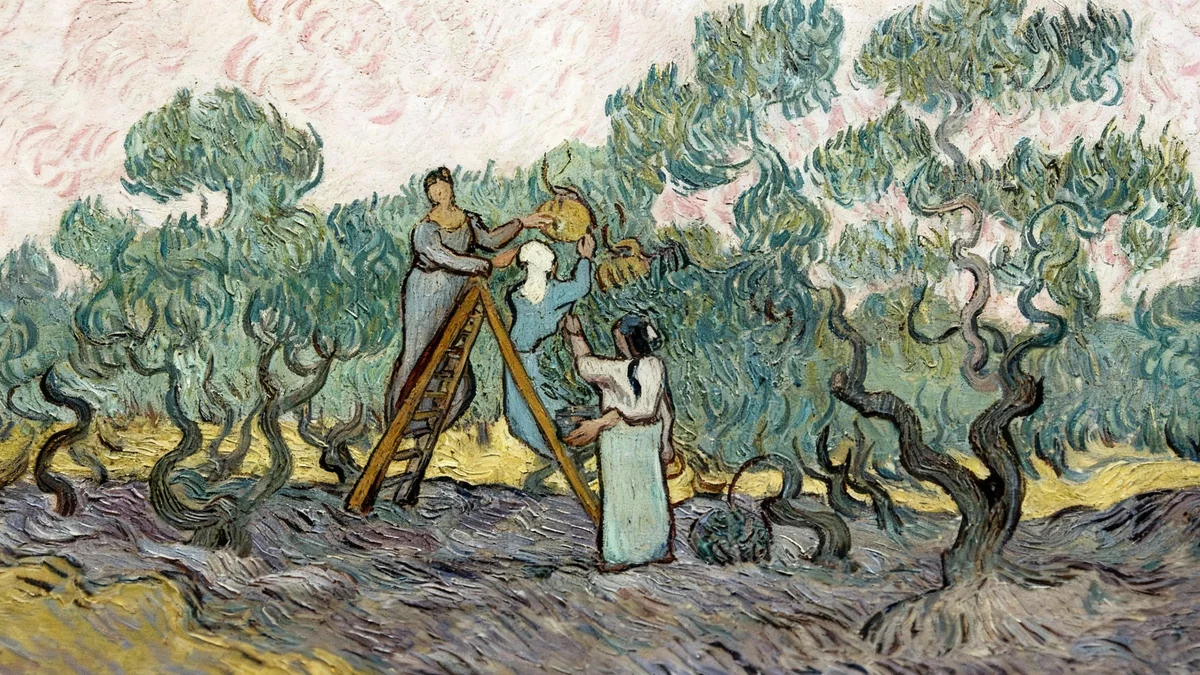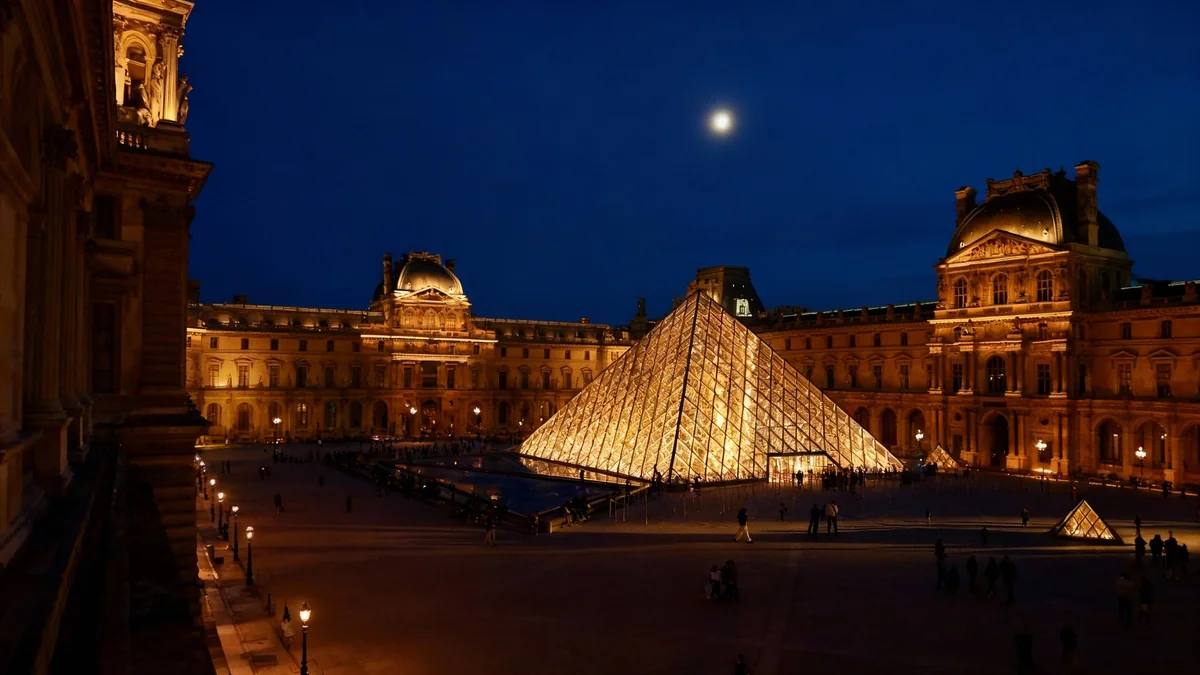The Metropolitan Museum of Art in New York is once again facing a legal challenge over Vincent van Gogh's 1889 masterpiece, "Olive Picking." Heirs of a Jewish family who fled Nazi Germany have filed a new lawsuit, claiming the painting was wrongfully taken from their ancestors and should be returned.
The lawsuit, filed in a Manhattan federal court, targets both The Met and the Athens-based Basil & Elise Goulandris Foundation, where the painting is currently displayed. This legal action marks the second attempt by the family to reclaim the artwork, following the dismissal of a similar case in California two years ago.
Key Takeaways
- Heirs of Hedwig and Frederick Stern have filed a lawsuit against The Met and the Goulandris Foundation.
- The dispute centers on Vincent van Gogh's "Olive Picking" (1889), which the family claims was lost while fleeing Nazi persecution.
- This is the second lawsuit filed by the heirs; a previous case in California was dismissed in 2022 on jurisdictional grounds.
- The new lawsuit argues New York is the proper venue, alleging the painting was "secretly trafficked" through the city.
A Second Attempt to Reclaim a Legacy
The core of the lawsuit rests on the claim that "Olive Picking" belonged to Hedwig and Frederick Stern, a prominent Jewish couple who were forced to abandon their extensive art collection when they escaped Nazi Germany in the late 1930s. The legal filing asserts that the painting should never have been acquired by the museum.
This is not the first time the Stern family has sought legal recourse. In 2022, they brought a similar case before a California court. However, a judge dismissed the lawsuit, ruling that California was not the appropriate jurisdiction for the dispute. The new filing in New York directly addresses this issue, contending that the city is the rightful venue for the case.
According to the lawsuit, the painting was “repeatedly and secretly trafficked, purchased and sold in and through New York,” establishing a strong connection to the state that justifies the legal action being heard there.
The Painting's Disputed Journey
The journey of "Olive Picking" after it left the Sterns' possession is central to the case. The Met's involvement began in 1956 when the museum purchased the painting for a reported $125,000. It remained in the museum's collection for 16 years.
Timeline of a Controversy
- 1889: Vincent van Gogh paints "Olive Picking."
- Pre-WWII: The painting is allegedly owned by Hedwig and Frederick Stern.
- 1956: The Met purchases the painting for $125,000.
- 1972: The Met sells the painting to Greek collector Basil Goulandris.
- 2022: Stern heirs file their first lawsuit in California, which is later dismissed.
- 2024: A new lawsuit is filed in New York.
In 1972, The Met sold the artwork to Basil Goulandris, a Greek shipping magnate and art collector. The painting is now a centerpiece of the Basil & Elise Goulandris Foundation's collection in Athens. The plaintiffs are suing both institutions, seeking the return of the artwork and asserting that its provenance was not adequately investigated at the time of its various transactions.
A History of Scrutiny
The 1972 sale of "Olive Picking" by The Met was not without controversy, though for different reasons at the time. The transaction, which also included a painting by Henri Rousseau, was conducted through the Marlborough Gallery. The Art Dealers Association of America (ADAA) publicly criticized the museum for its lack of transparency.
The ADAA issued a statement at the time, arguing that The Met should have “publicly announced” such a significant sale from its collection.
Thomas Hoving, the museum's director at the time, defended the decision, stating he had acted on curatorial advice and believed the museum could do “whatever we felt was wise.” This historical context adds another layer to the painting's already complex history.
Provenance and Restitution
Art restitution cases, particularly those involving works displaced during the Nazi era, are notoriously complex. They often involve piecing together fragmented ownership records from decades ago. Museums and cultural institutions worldwide have faced increasing pressure to meticulously research the provenance of their collections and address claims from the heirs of collectors who were persecuted.
In response to the 2022 lawsuit, The Met stated that information about the Sterns' ownership was not available until many years after the painting had left its collection. The museum's argument was that it could not have known about the potential ownership dispute during the period it held the artwork.
The Path Forward
With the case now filed in New York, the legal battle over the celebrated van Gogh painting enters a new chapter. The Stern heirs are determined to prove that the artwork is a part of their family's stolen legacy.
The lawsuit underscores the ongoing and often difficult process of art restitution. It highlights the lasting impact of historical events on cultural property and the responsibility of modern institutions to confront complicated ownership histories.
As the case proceeds through the federal court in Manhattan, it will be closely watched by the art world, legal experts, and families who continue to seek justice for property lost during one of history's darkest periods. The outcome could have significant implications for how museums handle provenance research and respond to restitution claims in the future.
Neither The Metropolitan Museum of Art nor the Goulandris Foundation has issued a public statement regarding the new lawsuit at this time.




